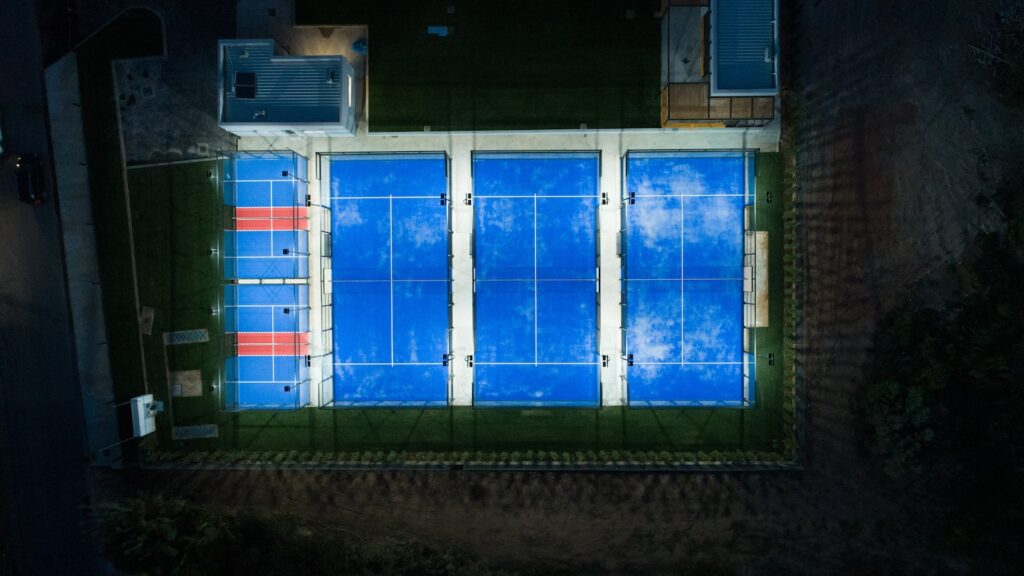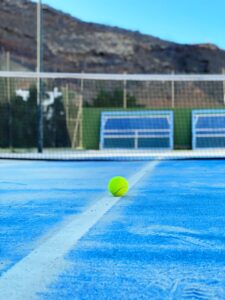Transitioning from Tennis to Padel: Tips and Tricks
3 min read
Transitioning from Tennis to Padel: Tips and Tricks
The Exciting Journey from Tennis to Padel
Greetings, padel enthusiasts! If you’re a tennis player considering venturing into the thrilling world of padel, you’re in for a treat. Padel, a racquet sport originated in Mexico, has been swiftly taking the global sports community by storm. With its exhilarating rallies, strategic gameplay, and constantly evolving tactics, padel offers a fresh and exciting challenge for tennis players looking to broaden their sporting horizons.
Transitioning from tennis to padel can initially feel like entering a parallel universe. Although both sports share some similarities, such as the use of a small court and a racket, there are significant differences that require some adjustment. Fear not, my fellow racket enthusiasts, as I am here to provide you with some valuable tips and tricks to help ease your transition into the wonderful world of padel!
Mastering the Dimensions: Understanding the Padel Court
The first fundamental step in embracing the padel universe is understanding the court dimensions. Padel courts are significantly smaller than tennis courts, measuring only 20m in length and 10m in width. The surrounding walls, which you can use to your advantage during rallies, add an extra layer of excitement to the game. Take the time to familiarize yourself with the layout and use of the walls, as they are an integral part of padel strategy.
Embracing the Volley: A Pillar of Padel
One of the most significant distinctions between tennis and padel is the prominence of the volley in the latter. In padel, the ball must be volleyed before it bounces on the ground, making volleys a crucial aspect of the game. As a tennis player transitioning to padel, you likely already possess exceptional volleying skills; however, mastering the art of the padel volley will take some practice. Focus on keeping your racket face perpendicular to the side walls, as this positioning will help you direct your shots swiftly and effectively.
Now, let’s address the keyword mentioned earlier: how to adapt to your partner’s playing style in padel doubles. Padel is typically played in doubles, which means you’ll need to create a strong partnership with your teammate. Communication and synergy are vital. Take the time to understand your partner’s strengths, weaknesses, and style of play. Adjusting your own play to complement your partner’s strengths will maximize your teamwork potential and lead to success on the padel court.
Befriending Strategy: Tactical Approaches in Padel
Padel, like chess, is a game of strategy and anticipation. While tennis generally focuses on power and precision, padel emphasizes tactical awareness and intelligent shot selection. Constantly evaluate your position on the court, selecting shots that exploit your opponents’ weaknesses and create opportunities for your team. Remember, padel is all about precision, not power!
Fun, Camaraderie, and Sportsmanship: The Spirit of Padel
Lastly, don’t forget to embrace the essence of padel: fun, camaraderie, and sportsmanship. Padel is not just about winning, but also about enjoying the game and developing lasting friendships. Be ready to laugh, cheer for your opponents’ impressive shots, and pat your partner’s back after a well-executed play. In padel, respect and sportsmanship are as vital as your technical skills.
So, my tennis-turned-padel aficionados, prepare to embark on an exhilarating journey filled with exciting matches, unexpected tactics, and boundless joy. As you adapt to the unique aspects of padel, remember to celebrate each learning experience and cherish the friendships forged along the way. Now, grab your padel racket and head to the court to begin your thrilling transition from tennis to padel!







